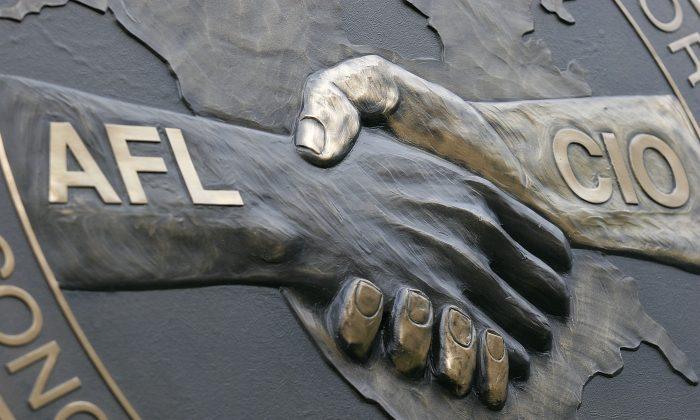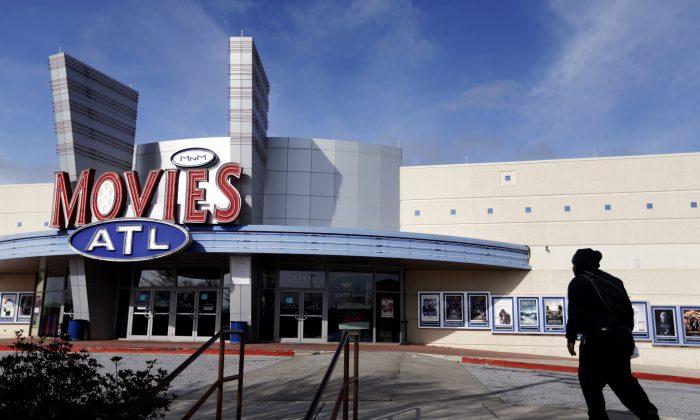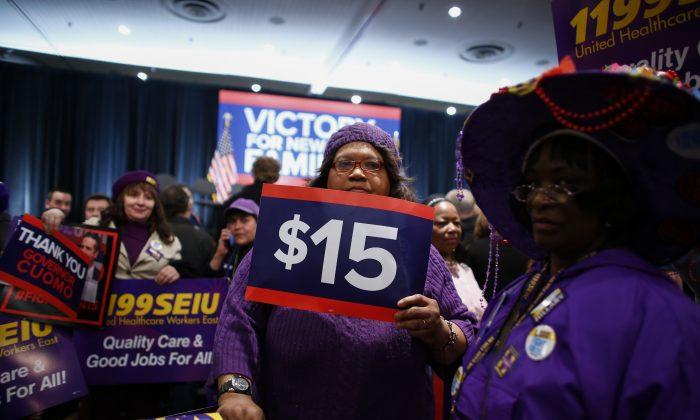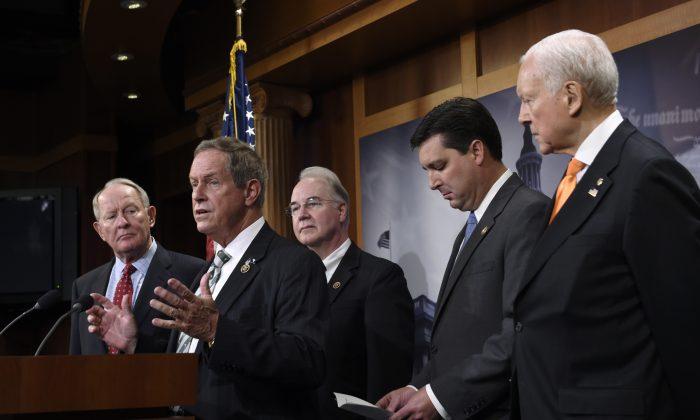When the AFL-CIO, America’s largest federation of labor unions, recently released its annual Executive PayWatch report, it strived for sensationalism. The report alleges that the average S&P 500 CEO received $12.4 million in total compensation last year, compared to $36,875 for the “average nonsupervisory worker.” This comes out to a 335:1 CEO-to-worker pay ratio.
But numerous fact-checkers—from The Washington Post to the American Enterprise Institute’s Mark Perry—have questioned the math behind the eye-catching figure. Perry rightly points out that the AFL-CIO’s metrics only take into account the highest-paid executives from the S&P 500, not the average pay of all chief executives in the United States—which amounts to an average annual salary of $185,850, according to the Department of Labor (DOL). That’s a far cry from “12.4 million in total compensation,” and it means the actual CEO-to-worker pay gap drops to single digits.
Experts at the Annenberg Public Policy Center have also found that “when all CEOs are included, the pay disparity is far smaller” than the AFL-CIO leads on. So has The Washington Post’s Fact Checker, which acknowledged last year that “most chief executives do not work at large companies” and a more accurate pay ratio comes out to “five or six times more” in CEO earnings, nowhere near the hundreds cited by union bosses.
Perhaps they just want to change the subject—from their own cushy earnings. According to a Center for Union Facts analysis of DOL filings, 153 union presidents earned more in gross salary than the average CEO in 2015. John Niccolai, president of the United Food and Commercial Workers Local 464, made $598,914 last year. Terry Sullivan, president of the Laborers’ International Union, wasn’t far behind at $501,648. (AFL-CIO President Richard Trumka made off with $272,250 in 2015, far more than your typical CEO.)

And union bosses can expect more than just a salary. Expense accounts and other forms of compensation drove Sullivan’s 2015 earnings to $672,804, while Niccolai’s total surpassed $600,000. Union bosses have been chronicled spending member dues on anything from $160 entrees and luxury wines to pricy limousine services. One Pennsylvania union, for instance, spent more than $264,000 on Philadelphia Eagles tickets in a single year. (The union then claimed the tickets were used “to promote job creation.”)
These types of expenditures fall on top of political spending: From 2012 and 2014, union bosses sent nearly $420 million to Democrats and closely aligned liberal special interest groups. That $420 million amounted to well over 90 percent of Big Labor’s political budget, even though roughly 40 percent of union members vote Republican.
The real tragedy here is that Big Labor’s budget remains funded by employees’ monthly dues payments—which are still mandatory in many U.S. states. This means union members are often forced to sit idly by as their monthly dues—originally intended for collective bargaining—are effectively hijacked to satisfy union bosses’ lavish temptations.
It’s no wonder the Employee Rights Act (ERA) is gaining traction in Congress. With more than 150 co-sponsors, the ERA would update American labor law by holding union bosses accountable to their membership. For example, the bill would require labor organizers to obtain opt-in permission from employees before spending their dues money on left-wing politics. It would also guarantee secret ballot union elections and allow employees to re-certify their union once the workplace has experienced substantial turnover—allowing union members to periodically reevaluate their representation.
Despite their allegations about CEO pay, union bosses are running roughshod over the workforce. The Employee Rights Act would keep them in line.
Richard Berman is the executive director of the Center for Union Facts.




Friends Read Free